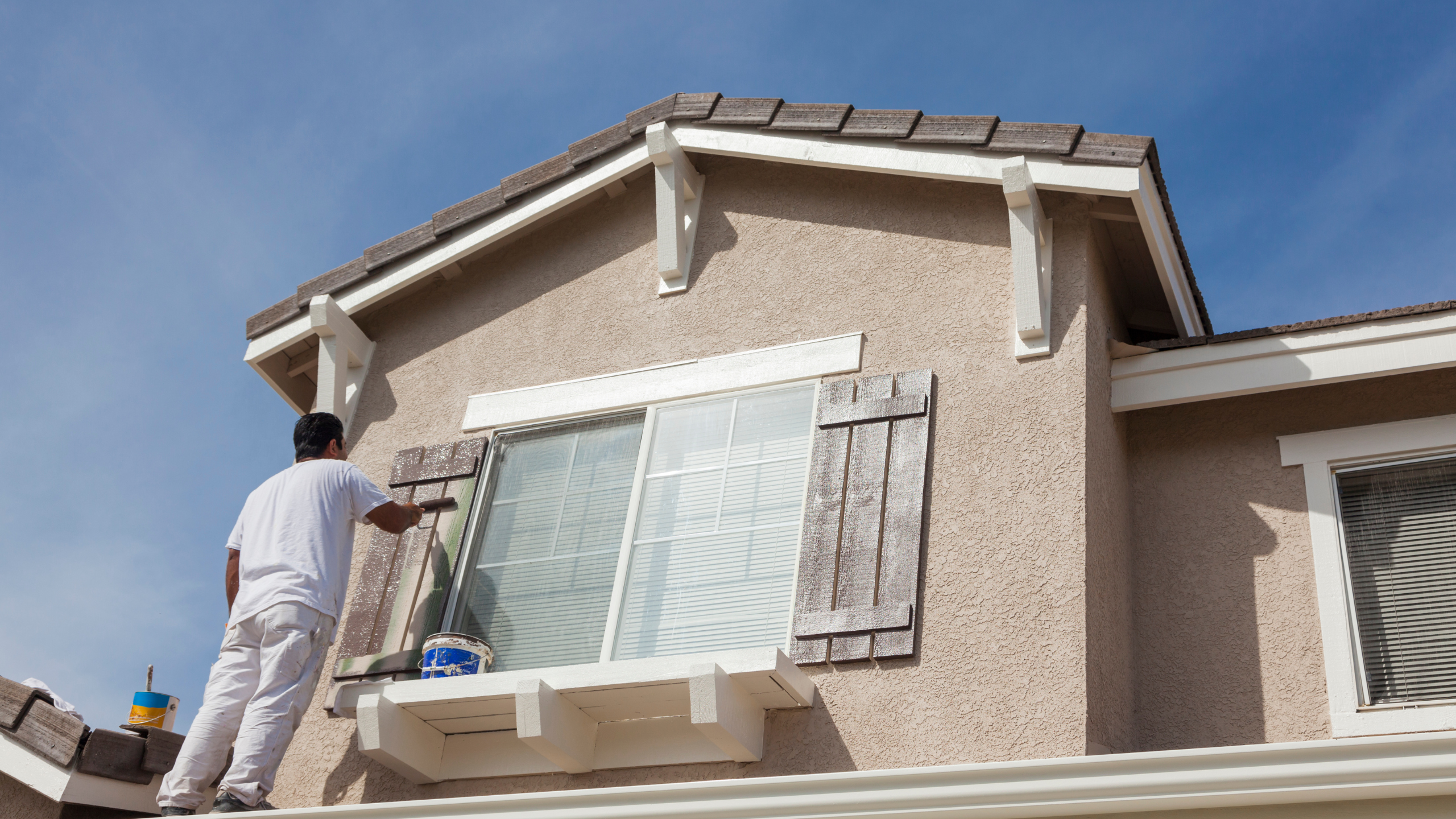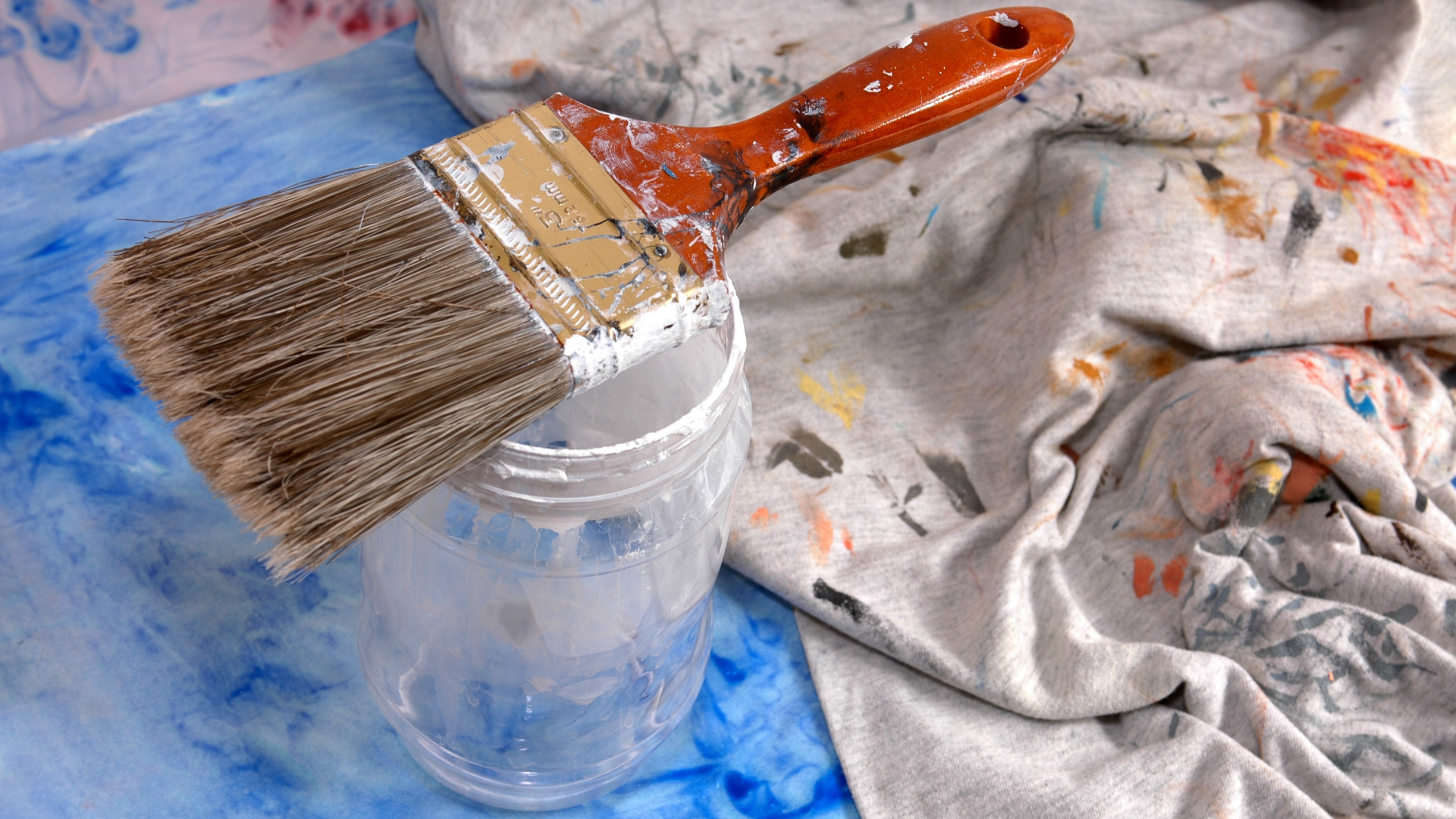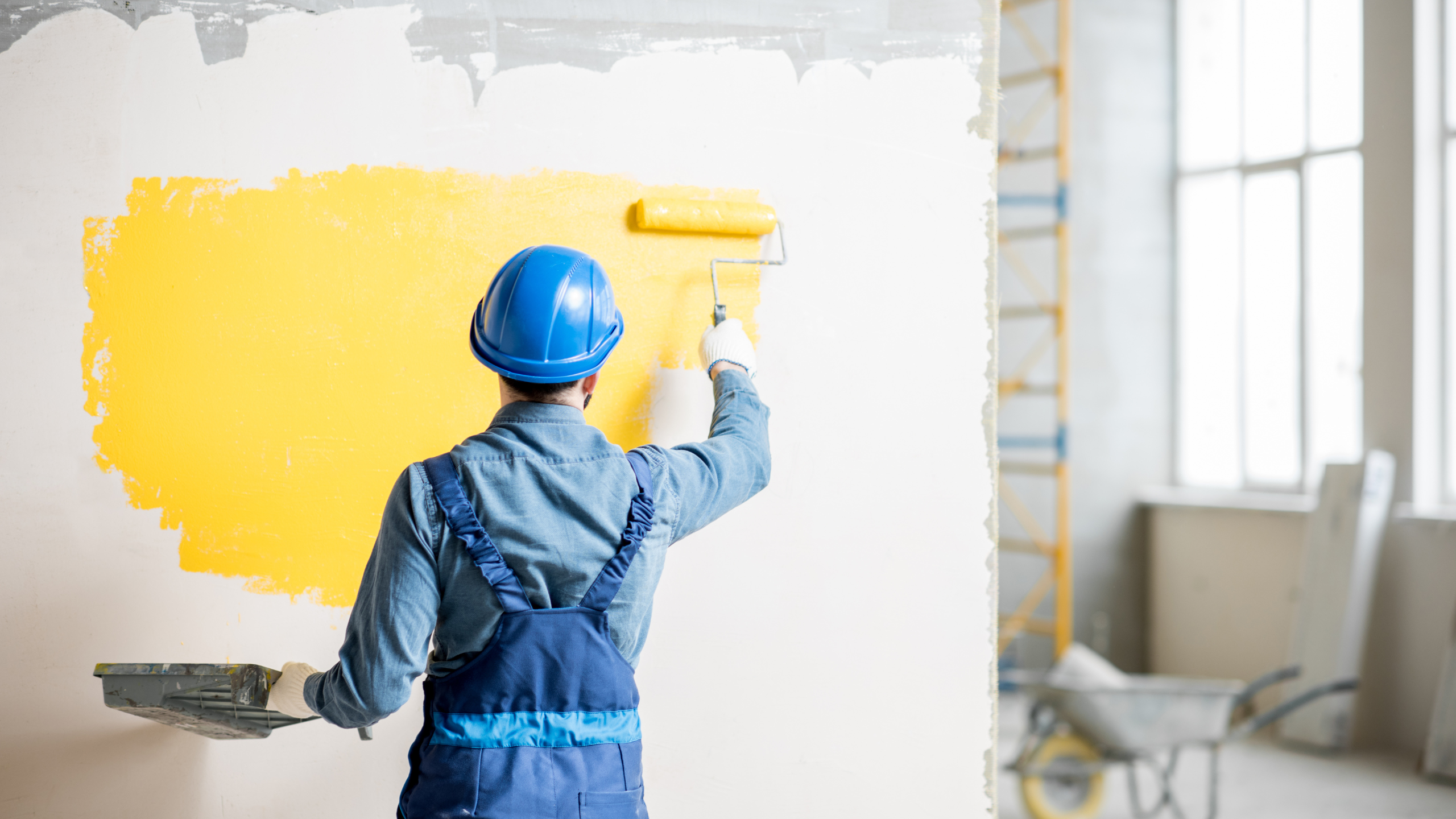Achieving a perfect finish in painting involves more than simply selecting the appropriate hue and paint quality. The weather conditions during the painting process are essential to deciding the outcome of your project. In this blog post, we’ll delve into the ideal weather conditions for painting and provide you with valuable insights to ensure your next paint job is a masterpiece.
Visit https://www.apex-nc-housepainting.com/ for more details.
What Are the Best Weather Conditions for Painting?
Best Temperatures for Paint Application
The ideal temperature for painting falls between 10°C and 29°C (10°F and 85°F). High temps can affect the paint’s consistency, drying time, and surface adherence. Choosing a day with moderate temperatures is important to achieve the best results.
Why Does Weather Matter for Interior Painting?
Interior painting is not exempt from weather considerations. Humidity levels and temperature variations can impact the drying process, causing issues like uneven finishes and extended drying times. Adequate ventilation is essential during interior painting to ensure proper drying.
The Best Humidity for Painting:
Ideally, the humidity level should be between 40% and 70%. The drying process may be slowed down by high humidity. Leading to drips and streaks, while Paint may dry too rapidly in low humidity. Resulting in a subpar finish.
Can I Paint While It’s Raining?
Painting during rain is not recommended. Moisture in the air can interfere with the paint’s ability to adhere to surfaces, leading to peeling and bubbling. Always wait for a dry day to start your painting project.
Can I Paint While It’s Sunny?
While sunny days are generally suitable for painting, avoiding direct sunlight on freshly painted surfaces is crucial. The paint may dry too rapidly in the heat, resulting in
visible brushstrokes and an uneven finish. Opt for painting in the early morning or late afternoon when the sun is less intense.
5 Tips for Scheduling Paint Jobs Around Changing Weather:
Check the Forecast
Make sure you are aware of the weather before beginning your painting endeavor. This will let you create well-informed strategies. and prevent unexpected weather-related issues.
Plan for Seasonal Changes
Different seasons bring various weather challenges. Consider your region’s climate and plan your paint projects during the seasons with the most stable weather conditions.
Use the Right Paint for the Climate
Some paints are specifically designed for different climates. Speak with a professional or your neighborhood paint store. Painter, choose the best color for your region’s weather co nditions.
Start Early in the Day
Beginning your paint job early in the day allows you to take advantage of milder temperatures and avoid the intense midday sun, ensuring optimal drying conditions.
Monitor Humidity Levels
Invest in a humidity gauge to monitor indoor humidity levels during interior painting. Adjust ventilation as needed to maintain the ideal conditions for drying.
FAQs
Can I paint in cold weather?
Frigid temperatures can affect paint consistency and drying time. Choose a day with milder temperatures if you must paint in cold weather.
How long should I wait between coats?
Follow the paint manufacturer’s recommendations, but a general rule is to wait at least 24 hours between coats.
What if it starts raining while I’m painting?
If rain is imminent, stop painting and protect your work. Move indoors or cover the painted surfaces to prevent water damage.
Can I paint over damp surfaces?
Painting over moist surfaces can lead to poor adhesion and mold growth. Ensure characters are dehydrated before starting your paint job.
Is it necessary to prime before painting?
While some paints have built-in primers, priming is recommended for better adhesion and a more durable finish, especially on bare surfaces.
How can I speed up the drying process?
Adequate ventilation and choosing a day with low humidity and moderate temperatures can help speed up drying.
Can I paint during high winds?
High winds can cause debris to stick to wet paint or affect your ability to control the paintbrush. It’s advisable to choose a day with calm weather for painting.
Conclusion
In the world of painting, achieving perfection is not just about skill but also about working in harmony with the weather. By understanding and adhering to the ideal weather conditions for illustration, you can ensure a superb, long-lasting finish that is seamless.
So, the next time you embark on a painting project, let the weather be your ally in creating a masterpiece. Happy painting!





